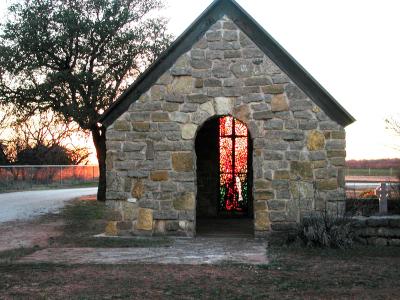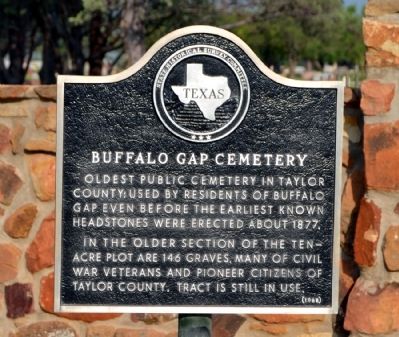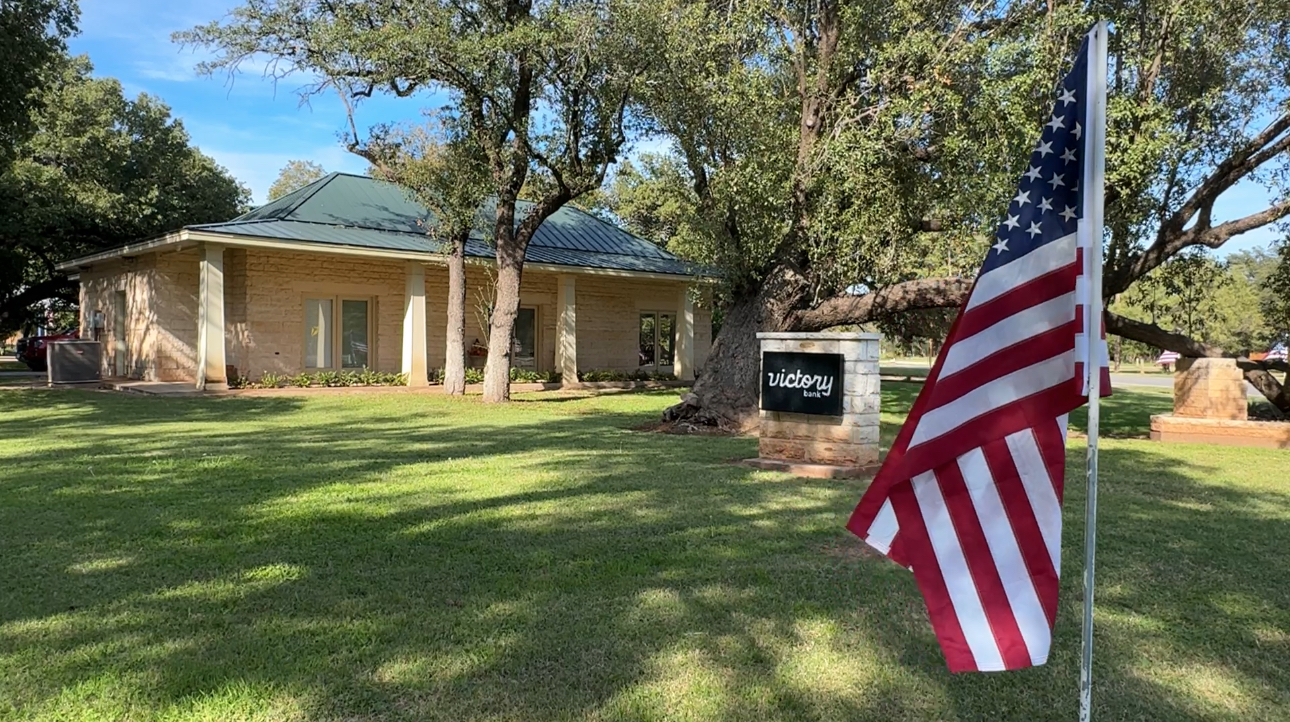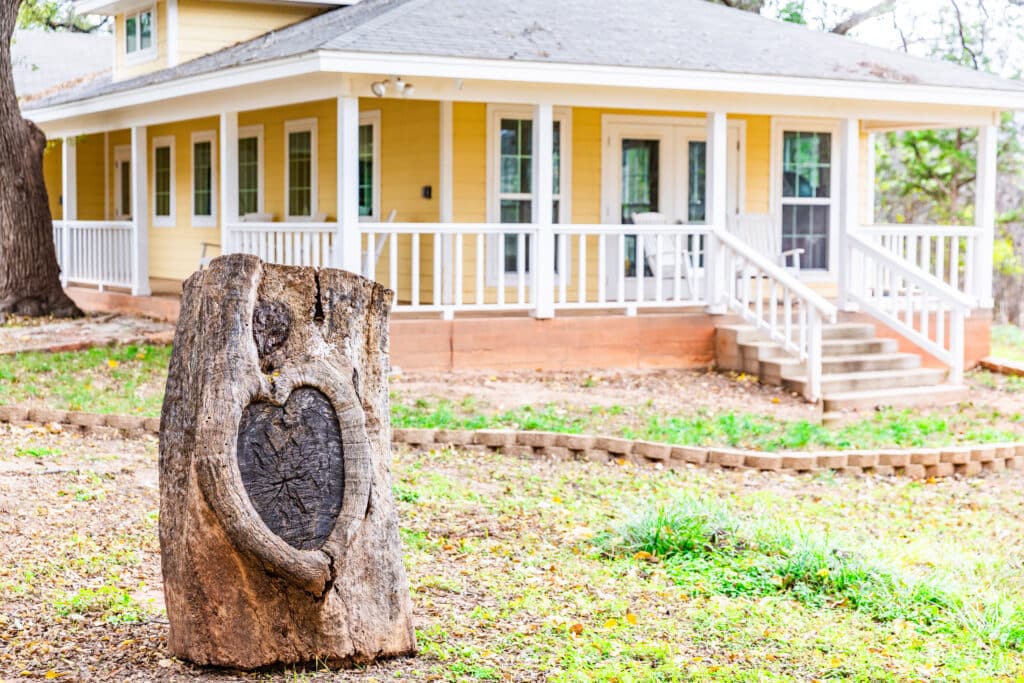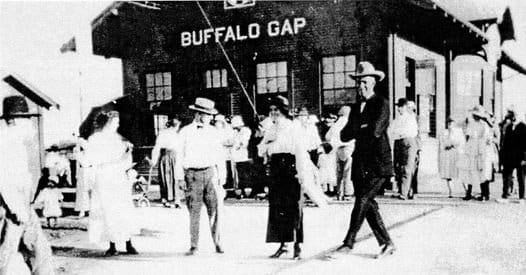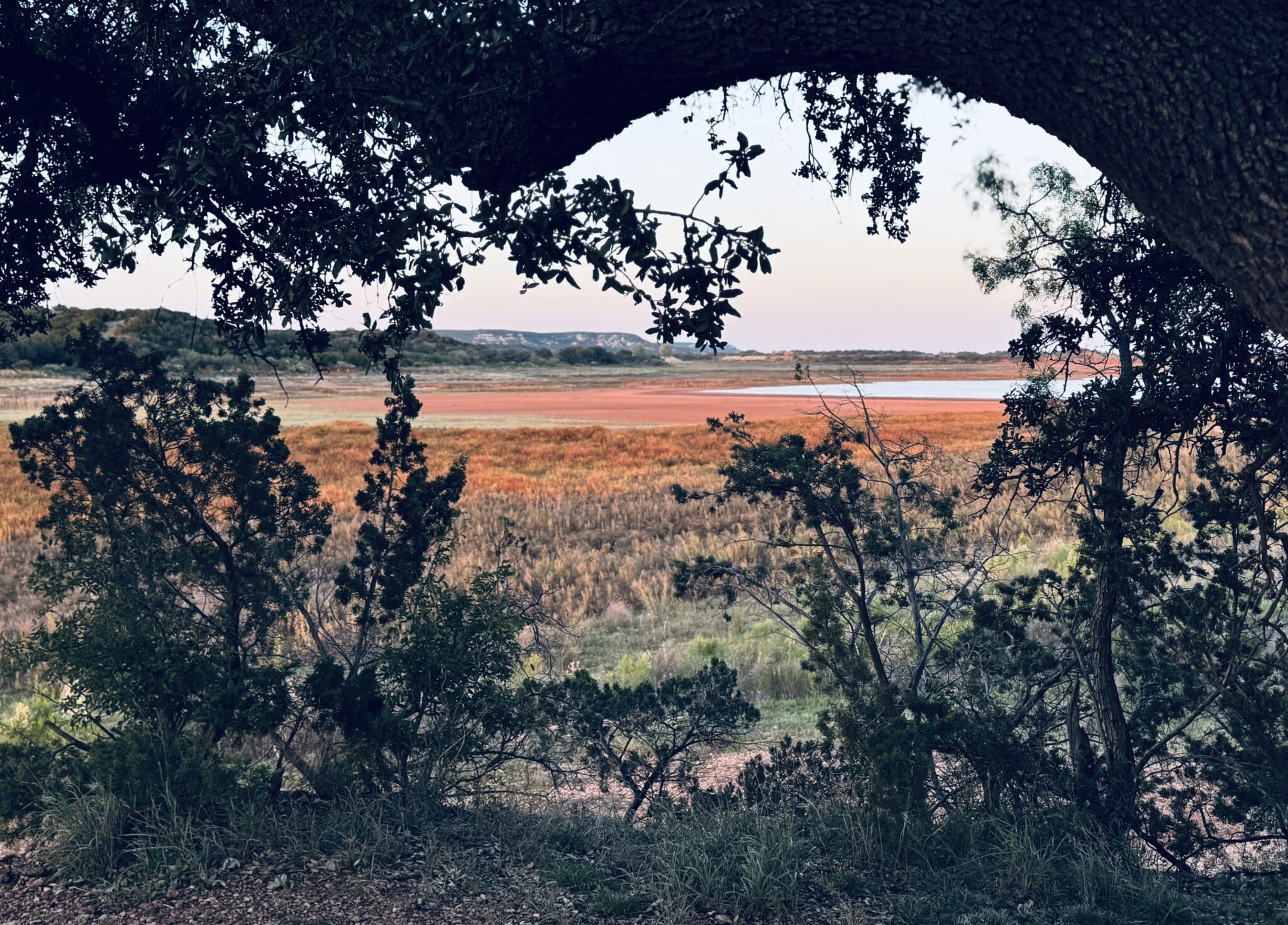Fort Chadbourne Native American Artifact Display at Victory Bank
Fort Chadbourne Native American Artifact Display at Victory Bank
DATE
March, 28, 2025
8:00 am - 4:00 pm
DETAILS
Join us for an unforgettable journey into the rich tapestry of Native American history at the Fort Chadbourne Artifact Display! Hosted at Victory Bank, this captivating exhibit showcases a remarkable collection of artifacts that tell the story of the region’s indigenous heritage. From skirmishes to ranch life. This is your chance to connect with the legacy of the Native American tribes who once thrived in this area.
WHERE
Victory Bank
502 Vine St.
Buffalo Gap, TX 79508
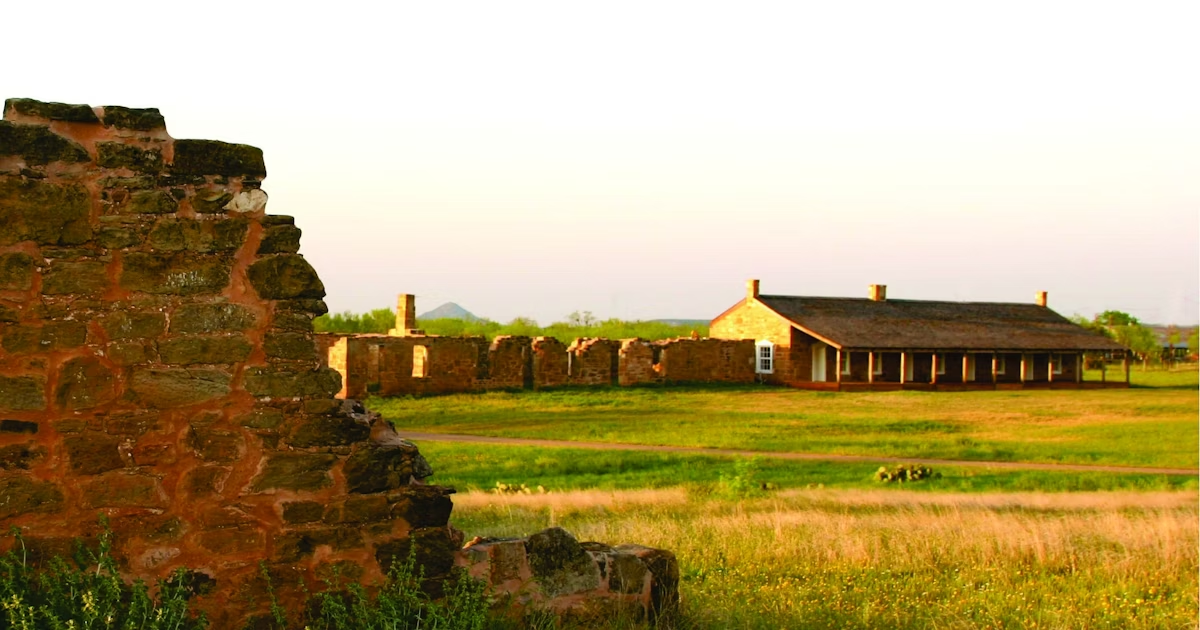
Fort Chadbourne Native American Artifact Display at Victory Bank
Fort Chadbourne Native American Artifact Display at Victory Bank
DATE
March, 27, 2025
8:00 am - 4:00 pm
DETAILS
Join us for an unforgettable journey into the rich tapestry of Native American history at the Fort Chadbourne Artifact Display! Hosted at Victory Bank, this captivating exhibit showcases a remarkable collection of artifacts that tell the story of the region’s indigenous heritage. From skirmishes to ranch life. This is your chance to connect with the legacy of the Native American tribes who once thrived in this area.
WHERE
Victory Bank
502 Vine St.
Buffalo Gap, TX 79508

Fort Chadbourne Native American Artifact Display at Victory Bank
Fort Chadbourne Native American Artifact Display at Victory Bank
DATE
March, 26, 2025
8:00 am - 4:00 pm
DETAILS
Join us for an unforgettable journey into the rich tapestry of Native American history at the Fort Chadbourne Artifact Display! Hosted at Victory Bank, this captivating exhibit showcases a remarkable collection of artifacts that tell the story of the region’s indigenous heritage. From skirmishes to ranch life. This is your chance to connect with the legacy of the Native American tribes who once thrived in this area.
WHERE
Victory Bank
502 Vine St.
Buffalo Gap, TX 79508

Fort Chadbourne Native American Artifact Display at Victory Bank
Fort Chadbourne Native American Artifact Display at Victory Bank
DATE
March, 25, 2025
8:00 am - 4:00 pm
DETAILS
Join us for an unforgettable journey into the rich tapestry of Native American history at the Fort Chadbourne Artifact Display! Hosted at Victory Bank, this captivating exhibit showcases a remarkable collection of artifacts that tell the story of the region’s indigenous heritage. From skirmishes to ranch life. This is your chance to connect with the legacy of the Native American tribes who once thrived in this area.
WHERE
Victory Bank
502 Vine St.
Buffalo Gap, TX 79508

The Reddell House Audio Tour
Buffalo Gap Heritage Audio Tour
The Reddell House
Next Location: Buffalo Gap Hardware & Supply
Location
Transcription
In a town filled with history, few places tell Buffalo Gap’s story quite like the Reddell House. Built in the late 1800s, this home has seen ranchers, travelers, and business owners come and go, its walls absorbing the stories of a changing town.
The Reddell family was deeply involved in Buffalo Gap’s growth. Their home was more than just a residence—it was a meeting place, a safe haven, and a symbol of prosperity at a time when the town was still young.
Over the years, the house was expanded and remodeled, but much of its original structure remains. Hand-made wooden beams, period furnishings, and historical photographs still tell the story of the people who lived here.
Fun Fact: Some say the Reddell House has its own friendly ghost—a former resident who still “keeps an eye” on the home. Guests have reported feeling a light tap on the shoulder or hearing unexplained whispers in empty rooms!
Today, the Buffalo Gap Historic Village preserves the Reddell House as a window into the past. Visitors can step inside and experience what life was like in Buffalo Gap’s early days.
If these walls could talk, what stories would they tell? Perhaps they’d speak of family dinners, quiet evenings by lamplight, or the changing times of a growing town. As our tour comes to a close, we hope you’ve gained a deeper appreciation for Buffalo Gap’s rich history. Thank you for joining us—and don’t forget to explore more of what this special town has to offer!


Buffalo Gap Shoot-Out Audio Tour
Buffalo Gap Heritage Audio Tour
The Buffalo Gap Shoot Out
Next Location: The Reddell House (address at bottom of page)
Location
Transcription
Buffalo Gap was no stranger to frontier justice, and in 1919, this quiet town became the backdrop of a real-life Wild West shootout.
It all started on the night of March 5, 1919, when four men robbed the First State Bank of Winters, making off with cash, Liberty Bonds, and other valuable papers. As they fled, luck was not on their side. Their getaway car—a Hudson Super-Six—broke down south of Tuscola, forcing them to continue on foot toward Buffalo Gap.
Desperate for another vehicle, the robbers stole a Model T Ford belonging to Mrs. Fisher, the superintendent of Buffalo Gap School. She had parked it under a large oak tree near the Nazarene Church. Unfortunately for them, the Model T had a crank-start system, and they struggled to get it going.
Meanwhile, three Winters lawmen, tracking the robbers, arrived in Buffalo Gap around 9:30 PM. They spotted four men beside a stalled car near the Nazarene Church, located at Mulberry and Oak Street. The officers, believing these men were simply having car trouble, offered to help. It wasn’t until the officers left and circled back that they realized something wasn’t right.
As the officers approached again, the suspects panicked, scattering in different directions. Gunfire erupted, and in the chaos, one officer was grazed by a bullet while one of the robbers was seriously wounded. The wounded man was quickly captured, while the other three robbers vanished into the night.
Fun Fact: The Nazarene Church, where the shootout took place, was known as the “Sweet Church” due to the bees living in its walls. The building has since been moved to the Buffalo Gap Historic Village, but at the time, the lawmen may have had to dodge more than just bullets!
By morning, all three fugitives had been caught, with each man claiming to know nothing about the robbery. The wounded man, meanwhile, was taken to Hollis Sanitarium in Abilene by mail bus.
He underwent surgery to remove a bullet, but even with $3,000 in stolen Liberty Bonds found in his possession—bearing the names of Winters residents—he never confessed to the crime. He later died from his injuries, taking his secrets with him.
The other three suspects were transported to jail in Ballinger, where they continued to deny any involvement. But the evidence against them was strong, and the shootout became one of the most dramatic moments in Buffalo Gap’s history.
If you stand still and listen, you might hear the echoes of that fateful night—the shouts, the shots, and the last desperate escape. Now, let’s visit one of Taylor County’s longest standing homes—The Reddell House.

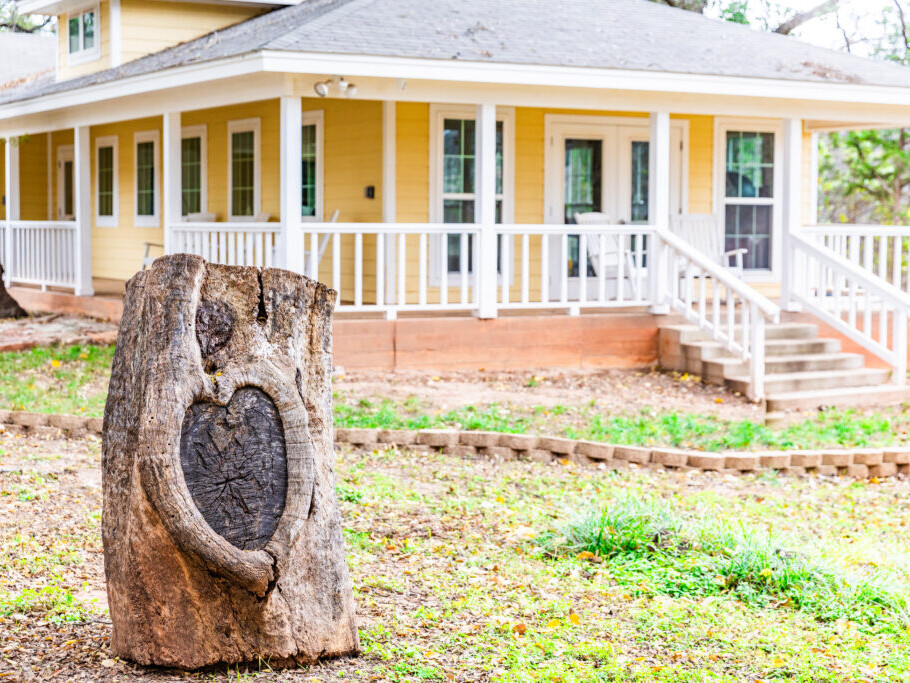
Buffalo Gap Main Street Audio Tour
Buffalo Gap Heritage Audio Tour
Buffalo Gap Main Street
Next Location: The Shootout (address at bottom of page)
Location
Transcription
Imagine walking down Main Street Buffalo Gap in the late 1800s. Instead of parked cars, you’d see horses and wagons lining the road. Instead of modern storefronts, there were wooden buildings with hitching posts and bustling businesses.
At the height of Buffalo Gap’s growth, this street was the heart of town. Businesses like the Red & White Grocery, The Lyon Hotel, and the Buffalo Gap Banking Company served settlers, travelers, and ranchers.
The Red & White Grocery was part of a chain of independently owned food stores operating across the United States and Canada. Established around 1925, these stores allowed small-town grocers to compete with larger chains by providing centralized buying and distribution.
In Buffalo Gap, the Red & White Grocery was more than just a place to buy goods; it was a community hub where neighbors met and shared news. The store’s signature red dot logo became a familiar sight, symbolizing both quality and local enterprise.
Another cornerstone of Main Street was The Lyon Hotel, built in 1910 by W.T. Bull. This two-story structure boasted 14 rooms and quickly gained a reputation for its hospitality and superb chicken dinners. Notably, Governor Dan Moody is said to have had his wedding breakfast there.
In July 1923, the hotel hosted the six-member board responsible for selecting the location of Texas Technological College. Despite Captain Robert Craig Lyon’s hopes, the board chose Lubbock over Buffalo Gap.
The hotel ceased operations before World War II and later served as a boarding house until about 1952. In 1958, Henry Galloway purchased the property and converted it into a residence, a function it still serves today.
The Buffalo Gap Banking Company opened its doors in 1918, following the closure of a predecessor bank. Despite its initial promise, the bank closed in 1923, and its rich furnishings were transferred to a new bank in Bradshaw. These fixtures were returned to Buffalo Gap in 1982 and are now displayed at the Buffalo Gap Historic Village, offering a tangible connection to the town’s financial past.
Fun Fact: Did you know that Buffalo Gap was once a stop for traveling salesmen who set up temporary storefronts right on Main Street? They would sell everything from sewing machines to snake oil remedies!
By the early 1900s, as Abilene grew, Buffalo Gap’s importance as a business hub faded. But standing here today, you can still sense the town’s frontier past.
If you listen closely, you might still hear the echoes of horse hooves and train whistles. Now, let’s head to a more notorious part of town—the site of Buffalo Gap’s infamous 1919 shoot-out
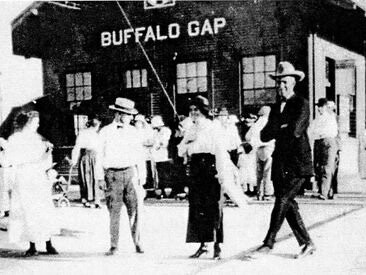
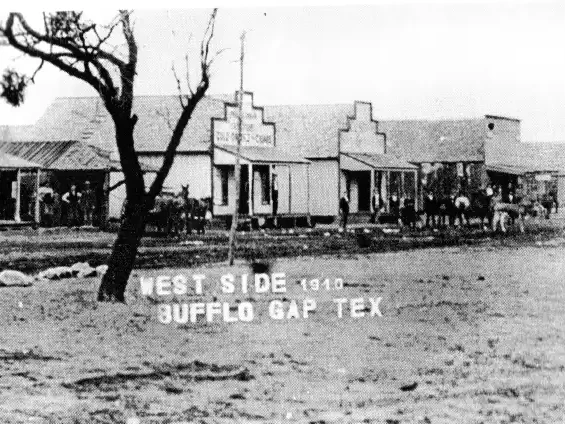
Abilene State Park Audio Tour
Buffalo Gap Heritage Audio Tour
Abilene State Park
Next Location: Main Street (address at bottom of page)
Location
Transcription
If you’re looking for a place where history and nature meet, Abilene State Park is it. Nestled among the oaks along Elm Creek, this park has been a retreat for campers, hikers, and outdoor lovers since the 1930s, but its story began long before that.
Archaeological evidence suggests that humans have occupied this land for at least 6,000 years. The Tonkawa and Comanche tribes used the area as hunting grounds, tracking buffalo and setting up seasonal camps along the water’s edge. They relied on the abundant wildlife, fresh water, and thick groves of trees for survival.
When settlers arrived in the late 1870s, they saw the same natural resources and began farming the bottomlands and raising livestock on the uplands. But this settlement was short-lived.
In 1918, the City of Abilene built a dam on Elm Creek to create Lake Abilene, hoping it would provide a reliable water source for the growing town.
Unfortunately, the lake proved unreliable—by 1927, it had completely dried up. Today, it serves purely for recreation, offering opportunities for fishing, kayaking, and birdwatching.
The land for Abilene State Park was acquired in 1933, and its transformation was thanks to the Civilian Conservation Corps (CCC)—a Great Depression-era program that provided jobs while improving public lands. These hardworking men cleared roads, built picnic shelters, and constructed the now-iconic stone swimming pool, water tower, and concession stand using local limestone and red sandstone.
Fun Fact: The swimming pool at Abilene State Park was one of the largest built by the CCC. It’s so deep that early lifeguards would sometimes dive for coins that children tossed in for fun!
Abilene State Park is also a meeting point of two distinct Texas landscapes—the Rolling Plains and the Edwards Plateau, creating a diverse habitat for whitetail deer, raccoons, armadillos, fox squirrels, and cottontail rabbits. Birdwatchers can spot everything from Mississippi kites and roadrunners to hummingbirds and northern cardinals.
The park offers camping sites, picnic shelters, hiking trails, and even a historic bird blind where visitors can observe local wildlife. With over 500 acres of natural beauty, it continues to be a peaceful escape for locals and visitors alike.
Whether you’re here for a hike, a picnic, or a quiet moment by the creek, this park connects you to the land’s deep history. Now let’s head back into city limits and take a virtual walk down Main Street Buffalo Gap and see what’s left of its bustling past.
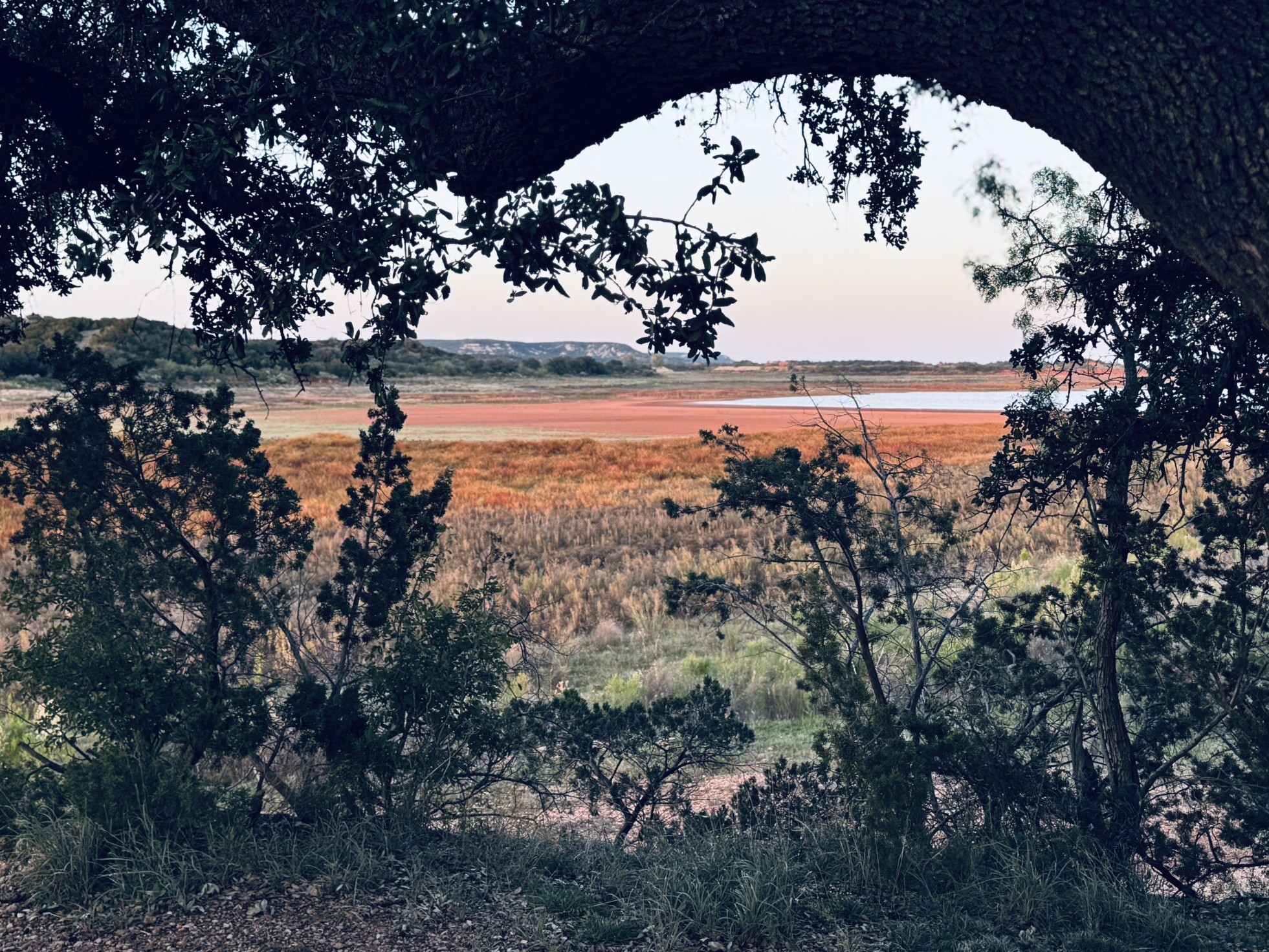
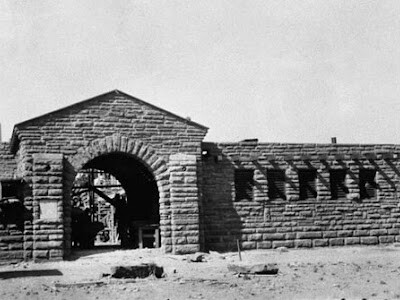
Camp Tonkawa Audio Tour
Buffalo Gap Heritage Audio Tour
Camp Tonkawa
Next Location: Abilene State Park (address at bottom of page)
Location
Transcription
Nestled under the sprawling canopies of ancient oak trees in southern Taylor County, Camp Tonkawa stands as a testament to the enduring spirit of scouting and outdoor education.
Established in 1929, this camp has been a sanctuary for scouts, nature enthusiasts, and various community groups, fostering a deep connection to nature and imparting invaluable life skills.
Over the decades, Camp Tonkawa has evolved to accommodate a wide range of activities and groups.
Beyond serving as a hub for Cub Scouts and Boy Scouts, the camp’s facilities have welcomed organizations such as 4-H, YWCA, Big Brothers/Big Sisters, and Hunter Safety Education programs.
These collaborations have enriched the camp’s legacy, making it a cornerstone of community engagement and youth development.
For scouts, Camp Tonkawa offers a rich tapestry of experiences. Cub Scouting events like the Haunted Forest, Cub Scout Day Camp, and Family Camp provide young scouts with opportunities to immerse themselves in the outdoors, fostering camaraderie and building foundational skills.
The camp’s name, Tonkawa, pays homage to the Tonkawa tribe, indigenous people who once roamed these lands.
This acknowledgment serves as a reminder of the rich cultural history of the region and the importance of preserving and respecting the heritage of those who came before.
If you listen closely, you can almost hear the crackling of a campfire and the laughter of scouts telling ghost stories.
Now, let’s explore another place where people have long gathered—Abilene State Park.

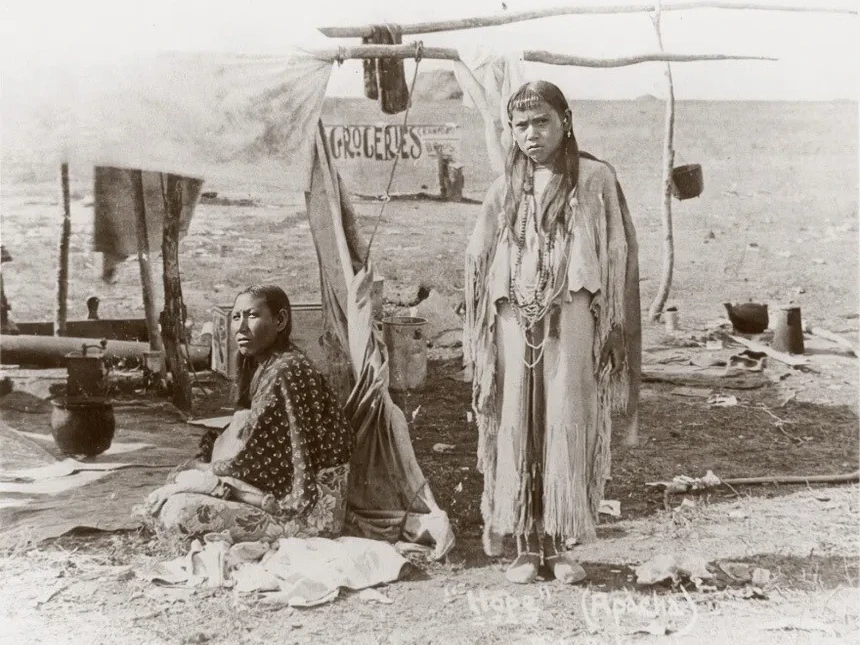
Buffalo Gap Cemetery Audio Tour
Buffalo Gap Heritage Audio Tour
Buffalo Gap Cemetery
Next Location: Camp Tonkawa (address at bottom of page)
Location
Transcription
Cemeteries are more than just resting places—they are living records of the past. The Buffalo Gap Cemetery, established in the late 1800s, is the oldest public cemetery in Taylor County and serves as a final resting place for generations of settlers, pioneers, and influential figures who helped shape this community.
Here, you’ll find the graves of buffalo hunters, Civil War veterans, and early settlers. Some names are well-known, others are lost to history. Many headstones bear simple inscriptions—just a name and a date—while others tell fuller stories, etched into stone for future generations to read.
One unusual part of the cemetery’s history came in 1919, when Lake Abilene was built. The town of Bethel had to be relocated, including its cemetery. Many of those graves were moved here to Buffalo Gap Cemetery, preserving their memory even as their original resting place disappeared beneath the lake.
Among the most notable figures in this cemetery is Mabel Reynolds, one of Buffalo Gap’s best-known schoolteachers. She dedicated her life to educating the youth of the town, leaving behind a legacy that is still felt today. Her students, many of whom became leaders and professionals, carried her teachings with them far beyond Buffalo Gap.
Another key figure tied to this site is Mrs. Maxine Perini, whose name is well-known in the Buffalo Gap community. In 1965, she oversaw the construction of the small stone chapel that stands within the cemetery. This quiet retreat was meant to give visitors a place to reflect and find peace, no matter the weather. The chapel continues to serve as a gathering place for those paying respects to loved ones and honoring the history of Buffalo Gap.
If you look closely, you’ll see hand-carved tombstones, some barely legible from weathering over the years. Some graves belong to entire families, while others mark the final resting place of those who died alone on the frontier. Each spring, wildflowers bloom across the cemetery, bringing color and life to a place dedicated to remembrance. It’s a quiet reminder that while people pass on, their legacies remain in the land they shaped.
As you walk through the cemetery, take a moment to reflect on the stories here—the lives lived, the hardships faced, and the history preserved. Now, let’s travel to a place where adventure and survival skills were taught for generations—Camp Tonkawa.
